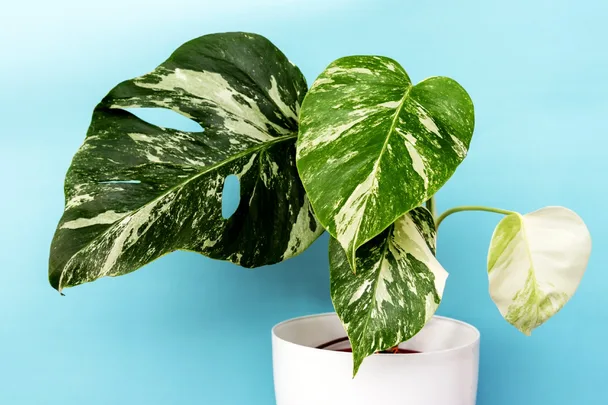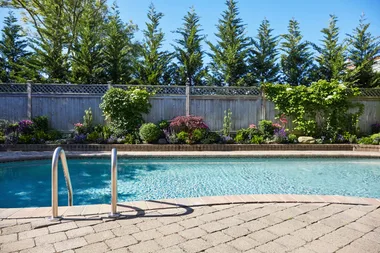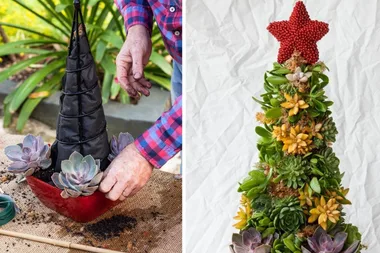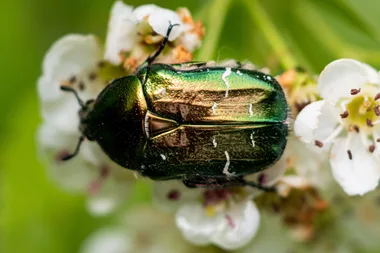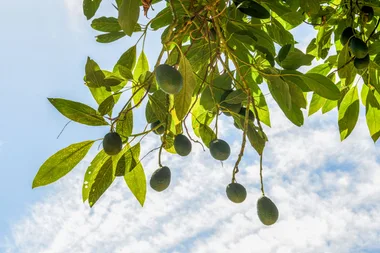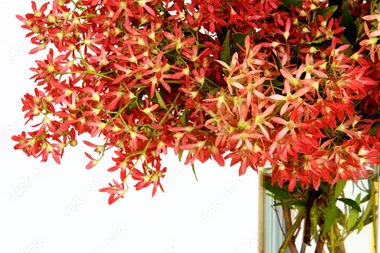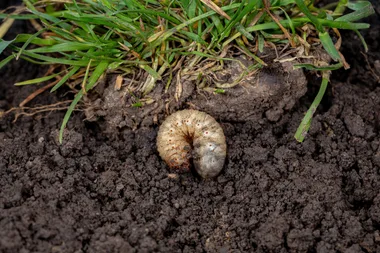No surface is safe from mould right now – not even the your plants’ soil and leaves!
Looking for more ways to remove mould?
If you’ve noticed a white powdery substance appearing on your plants recently, you’re not alone. The record-breaking rain has meant lots of extra moisture and humidity in the air. The good news is that, it’s not the end of the world for your plants and you can easily remove the mould. Phew!
Rhian Pullar, horticulturist and Director of Northern Beaches Creative Gardens, says, “Powdery mildew is really common right now, but it’s not one of the worst things you can see on a plant.”
Thankfully, there are a few different ways to treat mould on plants.
What causes powdery mildew to grow?
But first, let’s talk about what causes mould to appear on your plant’s soil and leaves.
“It’s mainly to do with humidity,” says Rhian. “We’re seeing a lot of mildew because of the rain we experienced in warmer months, there is plenty of moisture in the air causing favourable conditions for fungus.
“Once the favourable conditions are set, it will continue to grow even in dry spells. You often see it in densely over planted areas, causing high humidity, and areas which don’t receive much light.”
Another common fungus, you might have noticed is fungus gnats in houseplants.
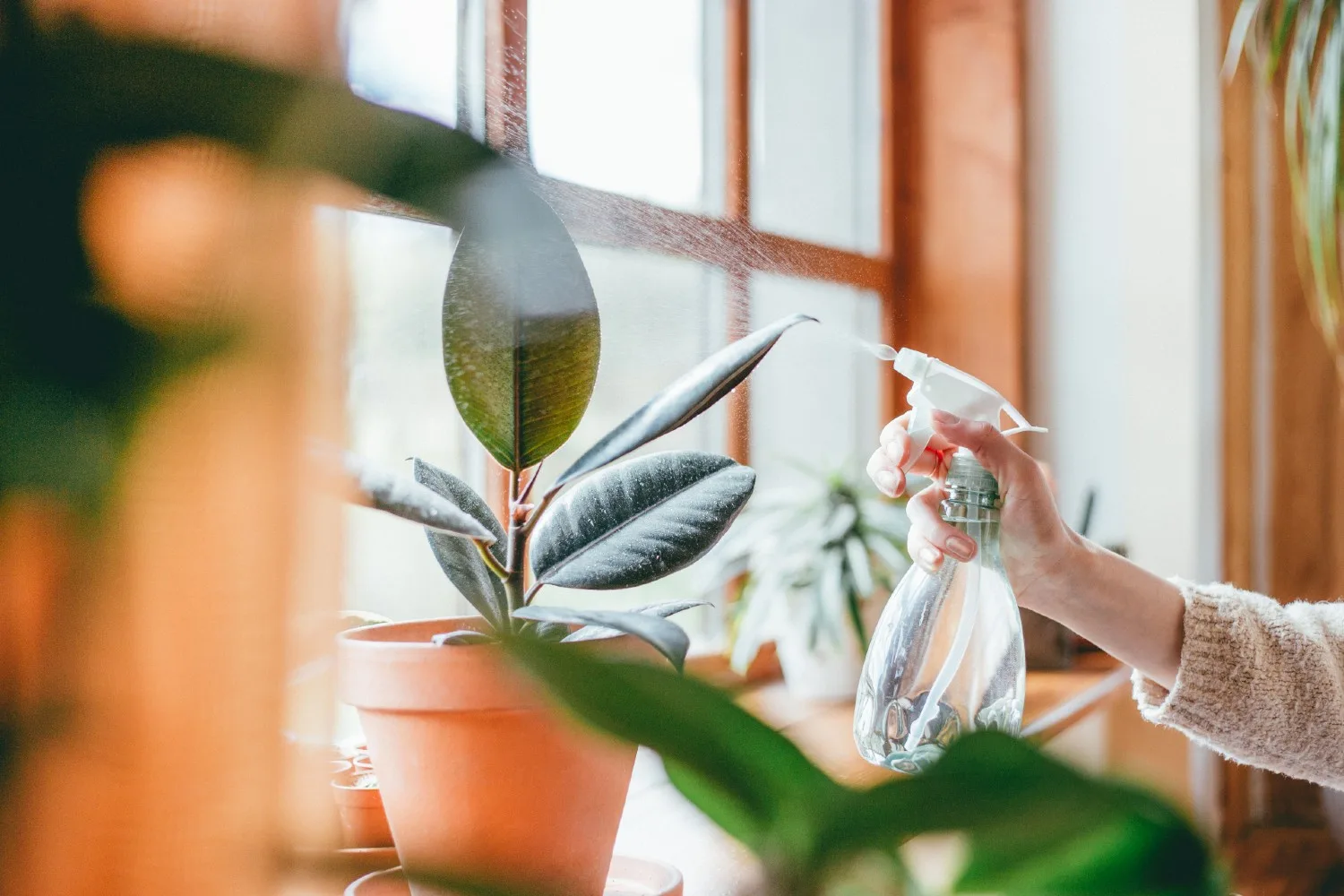
How to prevent mould growing on plants?
Prevention is better than a cure. And although mould won’t really harm your plants if treated early, it’s better to try and avoid mildew from growing in the first place.
Rhian’s main tip for preventing mildew on plants is to make sure there’s adequate airflow.
“The air flow is the most important part to try and decrease the humidity,” she says. “To increase airflow, thin plants out and avoid planting too closely together.” Additionally avoid overhead watering and make sure you’re placing plants in appropriate locations.
“If it’s a sun loving plant, don’t put it in a dark area. Really choose the right species of plant for the right location.”
Natural vs chemicals: how do I get rid of powdery mildew?
A quick Google search will reveal an array of remedies to treat mildew on plants, but Rhian says she tends to go with natural solutions.
“Vinegar is really good,” she says. “It’s organic and we tend to go with organic as much as possible.”
“50ml to every 1L of water, max – a very weak solution and also sulphur works quite well too.”

Removing mould from indoor plants
Household plants are a lot easier to maintain and eliminate mildew from when it strikes.
Rhian says she removes some of the damaged leaves, wipes away the powdery mildew, and sprays with some neme oil.
Kelly Martin from Urban Garden Gal agrees with using neme oil.
“If there’s a small amount of mould on the surface of the soil you can scrape it off and spray the soil with a mixture of one teaspoon of neem oil mixed with one litre of water,” she says.
“If the mould is just on the leaves, spray the entire plant with half a teaspoon of neem oil added to soapy water. Repeat for two to three days until the mould is completely gone.”
